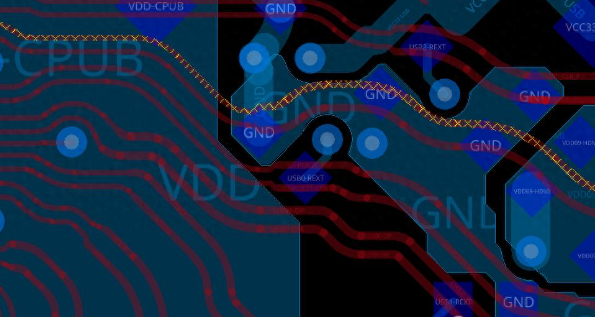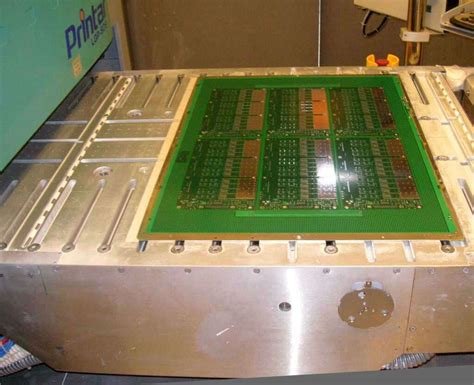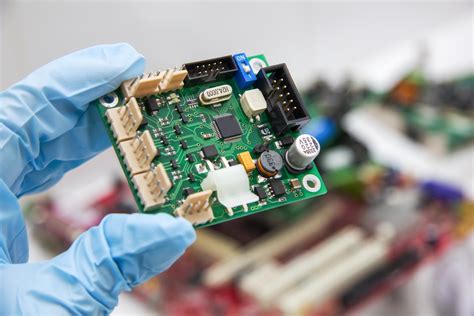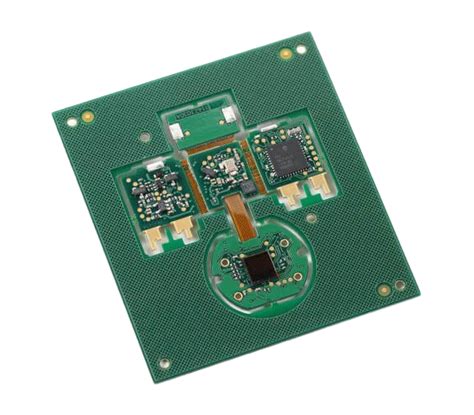Surface Mount Device (SMD) PCB Assembly: A Comprehensive Guide
Introduction
Surface Mount Device (SMD) PCB assembly is a critical process in the electronics manufacturing industry. It involves the placement and soldering of surface mount components onto a printed circuit board (PCB). This method has largely replaced through-hole technology due to its ability to produce smaller, lighter, and more efficient electronic devices. This article will delve into the various aspects of SMD PCB assembly, including its advantages, the assembly process, key considerations, and future trends.
Advantages of SMD PCB Assembly
- Miniaturization: SMD components are significantly smaller than their through-hole counterparts, allowing for the creation of compact and lightweight electronic devices. This is particularly important in industries such as consumer electronics, where portability and sleek design are highly valued.
- Higher Component Density: The smaller size of SMD components enables higher component density on a PCB. This means more functionality can be packed into a smaller area, leading to more powerful and feature-rich devices.
- Improved Performance: SMD components have shorter leads and lower parasitic inductance and capacitance, which can enhance the electrical performance of the circuit. This is especially beneficial in high-frequency applications.
- Automation and Scalability: SMD PCB assembly is highly amenable to automation. Automated pick-and-place machines can accurately and rapidly place components onto the PCB, making the process scalable for high-volume production.
- Cost-Effectiveness: Although the initial setup costs for SMD assembly can be high, the overall cost per unit decreases with volume production. Additionally, the reduced material usage and faster assembly times contribute to cost savings.
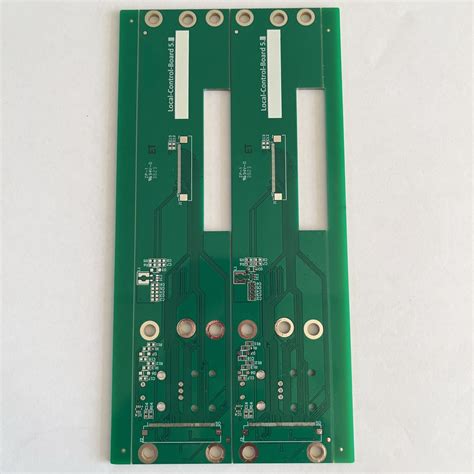
The SMD PCB Assembly Process
The SMD PCB assembly process involves several key steps, each of which must be carefully controlled to ensure the quality and reliability of the final product.
- PCB Design and Fabrication: The process begins with the design of the PCB using computer-aided design (CAD) software. The design must account for the placement of SMD components, routing of traces, and thermal management. Once the design is finalized, the PCB is fabricated, typically through a process involving etching, drilling, and plating.
- Solder Paste Application: Solder paste, a mixture of tiny solder particles and flux, is applied to the PCB using a stencil. The stencil ensures that the solder paste is deposited only on the areas where components will be placed. This step is crucial for achieving good solder joints.
- Component Placement: Automated pick-and-place machines are used to accurately place SMD components onto the PCB. These machines use vision systems and precision nozzles to pick components from reels or trays and place them onto the solder paste deposits. The speed and accuracy of these machines are essential for high-volume production.
- Reflow Soldering: After component placement, the PCB is passed through a reflow oven. The oven heats the PCB to a temperature that melts the solder paste, forming solder joints that electrically and mechanically connect the components to the PCB. The reflow profile, which includes preheat, soak, reflow, and cooling stages, must be carefully controlled to avoid defects such as solder bridges or tombstoning.
- Inspection and Testing: Once the soldering process is complete, the PCB undergoes inspection and testing. Automated optical inspection (AOI) systems are commonly used to detect defects such as misaligned components, insufficient solder, or solder bridges. Functional testing may also be performed to ensure that the assembled PCB operates as intended.
- Cleaning and Conformal Coating: Depending on the application, the assembled PCB may be cleaned to remove flux residues and other contaminants. In some cases, a conformal coating is applied to protect the PCB from environmental factors such as moisture, dust, and chemicals.
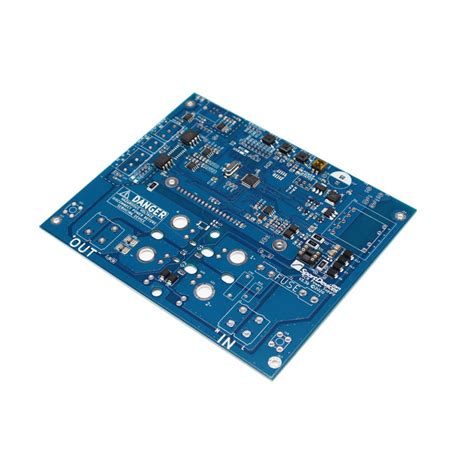
Key Considerations in SMD PCB Assembly
- Component Selection: Choosing the right SMD components is critical for the success of the assembly process. Factors to consider include component size, thermal characteristics, and compatibility with the soldering process. It is also important to ensure that components are available from reliable suppliers.
- Thermal Management: SMD components generate heat during operation, and effective thermal management is essential to prevent overheating and ensure reliability. This may involve the use of thermal vias, heat sinks, or thermal pads.
- Design for Manufacturability (DFM): Designing the PCB with manufacturability in mind can help avoid issues during assembly. This includes considering component placement, trace routing, and the use of standard component sizes and footprints.
- Quality Control: Implementing robust quality control measures is essential to ensure the reliability of the assembled PCB. This includes regular calibration of equipment, thorough inspection and testing, and adherence to industry standards.
- Environmental Considerations: The use of lead-free solder and other environmentally friendly materials is becoming increasingly important in SMD PCB assembly. Compliance with regulations such as the Restriction of Hazardous Substances (RoHS) directive is essential for market access.
Challenges in SMD PCB Assembly
- Component Miniaturization: As components continue to shrink in size, the challenges associated with handling and placing them accurately increase. This requires advanced equipment and precise process control.
- Thermal Stress: The reflow soldering process subjects components to thermal stress, which can lead to defects such as cracking or delamination. Careful control of the reflow profile is essential to minimize these risks.
- Solder Joint Reliability: The reliability of solder joints is critical for the long-term performance of the PCB. Factors such as solder paste quality, reflow profile, and component placement accuracy all influence solder joint reliability.
- Electrostatic Discharge (ESD): SMD components are sensitive to electrostatic discharge, which can damage or destroy them. Proper ESD protection measures, such as the use of grounded workstations and antistatic packaging, are essential.
Future Trends in SMD PCB Assembly
- Advanced Materials: The development of new materials, such as high-performance substrates and conductive inks, is expected to enhance the performance and reliability of SMD PCBs.
- 3D Printing: Additive manufacturing techniques, such as 3D printing, are being explored for PCB fabrication. This could enable the creation of complex, multi-layer PCBs with integrated components.
- Internet of Things (IoT): The growth of the IoT is driving demand for smaller, more efficient PCBs. SMD assembly will play a key role in meeting this demand, particularly in the development of wearable devices and smart sensors.
- Artificial Intelligence (AI): AI and machine learning are being integrated into SMD assembly processes to improve quality control, optimize production, and reduce defects. For example, AI-powered vision systems can detect defects that are difficult to identify with traditional methods.
- Sustainability: The electronics industry is increasingly focused on sustainability, and SMD assembly is no exception. This includes the use of recyclable materials, energy-efficient manufacturing processes, and the development of biodegradable PCBs.
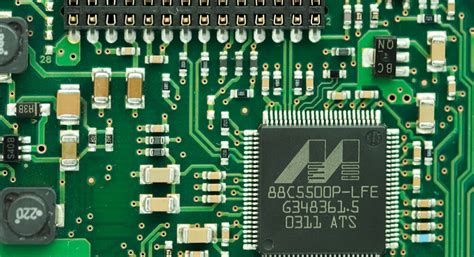
Conclusion
SMD PCB assembly is a complex and highly specialized process that plays a crucial role in the production of modern electronic devices. Its advantages, including miniaturization, higher component density, and improved performance, have made it the preferred method for PCB assembly. However, it also presents challenges, such as component miniaturization, thermal stress, and solder joint reliability, which must be carefully managed.
As technology continues to evolve, SMD PCB assembly will need to adapt to new trends and challenges. The development of advanced materials, the integration of AI, and the focus on sustainability are just a few of the factors that will shape the future of SMD assembly. By staying abreast of these trends and continuously improving processes, manufacturers can ensure the production of high-quality, reliable, and innovative electronic devices.

